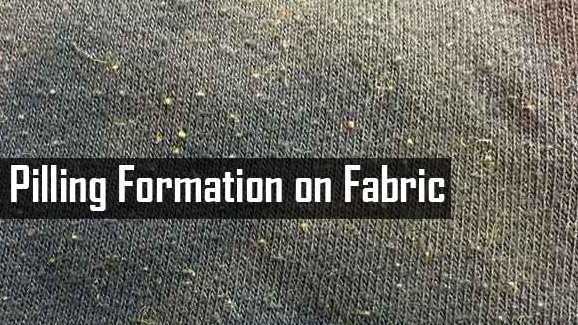Site: Home > Home > News and events
Pilling and abrasion are related but distinct phenomena that can affect the surface of textile fabrics.
Pilling refers to the formation of small balls or clumps of tangled fibers on the surface of a fabric, which are caused by repeated rubbing, wearing, or friction. Pilling is often seen on fabrics that are used frequently, such as upholstery, bedding, or clothing.

Abrasion, on the other hand, refers to the wearing away of a fabric's surface due to repeated rubbing or friction. Abrasion can be caused by a variety of factors, such as rough handling or exposure to harsh chemicals, and can result in visible changes to the fabric's texture or appearance.
In general, pilling is a type of surface change that results from repeated abrasion, but not all abrasion leads to pilling. Some fabrics may exhibit abrasion without experiencing pilling, while other fabrics may pill without exhibiting significant abrasion. Therefore, there is a subtle but significant difference between pilling and abrasion.
What is the grade scale for pilling?
The grade scale for evaluating pilling is typically outlined in specific industry standards, such as ASTM D3511 or ISO 12945-1. These standards provide a visual rating system to assess the extent of pilling on textile fabrics.
The grade scale for pilling commonly ranges from 1 to 5, with 1 indicating no pilling or very minimal pilling, and 5 indicating severe pilling. The criteria for each grade may differ slightly depending on the standard being used, but generally, the grades correspond to the following:
- Grade 1: No pilling or very minimal pilling observed.
- Grade 2: Slight pilling, with small and localized pills.
- Grade 3: Moderate pilling, with more numerous and larger pills.
- Grade 4: Heavy pilling, with extensive coverage of the fabric surface.
- Grade 5: Severe pilling, with the fabric surface almost completely covered by large and numerous pills.
These grades help provide a standardized and objective way to evaluate and compare the pilling resistance of different textile fabrics.
Copyright 2022:Qinsun Instruments Co., Limited
High-end textile tester supplier Email:info@qinsun-lab.com | Textile Testing Equipment pdf | Tel:021-67800179 |